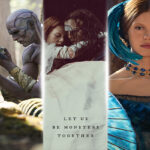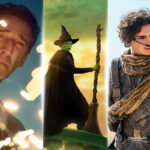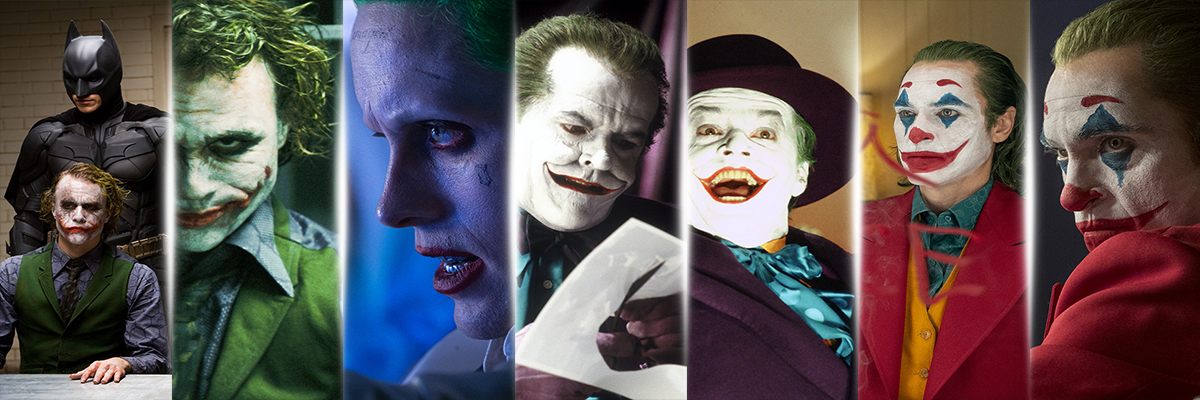
7 Crazy Facts About Joker
The Joker, an emblem of chaos and a stark antithesis to Batman’s order has mesmerized audiences worldwide with his unpredictable antics and enigmatic persona. With a legacy that spans over eight decades, the fascination with this character is not just about his acts of villainy but also about the layers of complexity and intrigue that define him. Unveiling facts about Joker not only allows fans to delve deeper into this character’s twisted psyche but also highlights Joker’s significance in popular culture and the comic book world. Understanding these elements sheds light on why he remains one of the most compelling figures in the realm of villains.
This article will explore seven intriguing facts about the Joker that every fan must know, from his nearly being a one-off character to the never-ending mystery of his true identity. You will discover the wide array of interpretations that have brought the Joker to life across different media, the innovative weaponry and gadgets that are signature to his brand of chaos, and the complex relationship he shares with Batman that transcends the typical boundaries of hero and nemesis. Furthermore, we shall delve into the Joker’s influence on pop culture, the controversies surrounding this iconic character, and the reasons behind his enduring appeal. Each section promises a deeper understanding of the Joker, offering insights that enrich the lore surrounding this perennial figure of disorder.
1. The Joker’s Appearance :
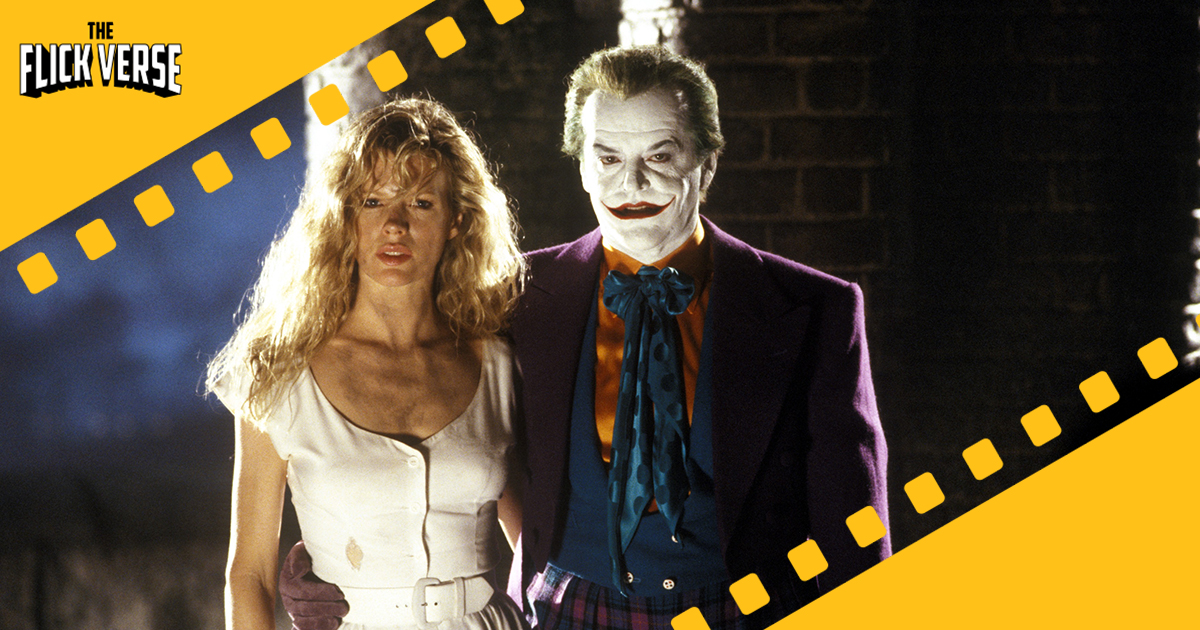
The character’s debut in Batman –
The Joker made his first appearance in “Batman” in April 1940, introduced as a murderous master criminal. This debut was marked by his distinctive and horrifying signature of leaving victims with a rictus grin, a result of his fatal poison gas. Created by Bill Finger, Bob Kane, and Jerry Robinson, the Joker was not just another villain; he was crafted as a direct challenge to Batman, enhancing the narrative tension and enriching the comic’s dynamic.
Plans to kill off the Joker –
Originally, the Joker was intended to be a one-off character. The storyline in “Batman” was set to conclude with the Joker’s death, where he would fatally miscalculate during a confrontation with Batman, leading to his own demise. This plan was reflective of a common trope of the time, where villains would typically not last beyond their initial appearance, thereby not overshadowing the heroes they battled.
Editor Whitney Ellsworth’s intervention –
The Joker’s lasting presence in DC Comics is largely thanks to Whitney Ellsworth, the editorial director at DC Comics at the time. Recognizing the potential of the character to become a profound antagonist in Batman’s world, Ellsworth intervened to alter the storyline. In a pivotal change, a panel was added at the end of “Batman” where, despite severe injuries, a doctor in an ambulance astonishingly declares that the Joker would survive. This decision not only saved the character but also set the stage for the Joker to become Batman’s arch-nemesis and a central figure in comic book history.
2. Joker’s Real Name :
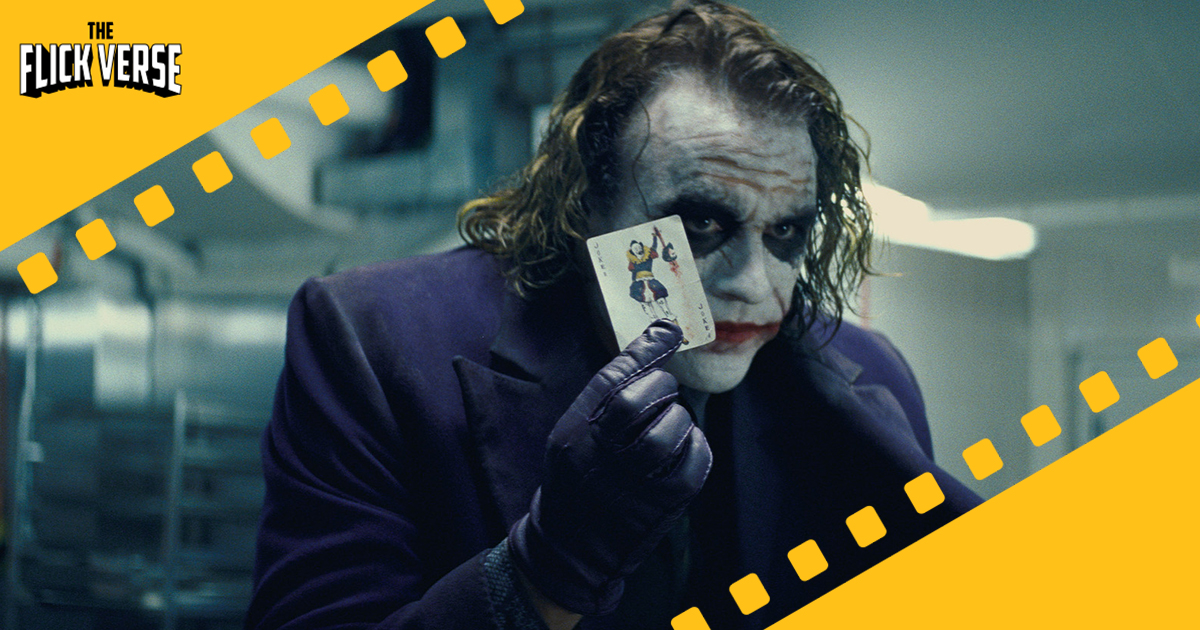
One of the most intriguing aspects of the Joker is the enigma surrounding his real identity. Over the years, the character has been depicted in various origin stories, none of which have been definitively confirmed as his true backstory. This mystery enhances the Joker’s allure and maintains his status as a symbol of chaos and unpredictability.
Multiple Origin Stories –
The Joker’s identity has remained a well-guarded secret within the main comic continuity, with no confirmed origin story. This ambiguity is a deliberate choice, reflecting his chaotic nature. The character was initially introduced as a nameless sociopath with clown-like antics and no background. Over time, as the Joker grew in popularity, creators developed multiple potential backstories for him. Notably, even in “The Killing Joke,” which is often considered a definitive origin story, the narrative is presented ambiguously, suggesting that the Joker himself is unsure of his past, famously stating, “If I’m going to have a past, I prefer it to be multiple choice!”
Key Names like Jack Napier and Arthur Fleck –
While the Joker’s real name remains undisclosed in the comics, various adaptations have explored different identities for him. In Tim Burton’s “Batman,” the character is named Jack Napier, a mobster who transforms into the Joker following a mishap at a chemical plant. More recently, the film “Joker” by Todd Phillips presents the character of Arthur Fleck, a struggling comedian whose descent into madness leads him to adopt the Joker persona. These names, however, are specific to their respective stories and do not carry over into the comic book world, where his true identity is still a mystery.
Impact of His Mysterious Identity –
The lack of a definitive backstory for the Joker plays a crucial role in his character’s impact and appeal. By not confining him to a specific origin, the Joker embodies the unpredictability and chaos he brings to Gotham City. This mysteriousness makes him a perfect antagonist for Batman, the “World’s Greatest Detective,” who thrives on solving mysteries. The ongoing mystery of the Joker’s true identity not only challenges Batman but also captivates the audience, making the Joker a compelling figure in the Batman lore.
The decision to keep the Joker’s identity ambiguous is a testament to the character’s complexity and the creative freedom it allows. It underscores the idea that some characters, like the Joker, are defined not by their past but by their actions and influence within the story.
3. Faces of the Joker:
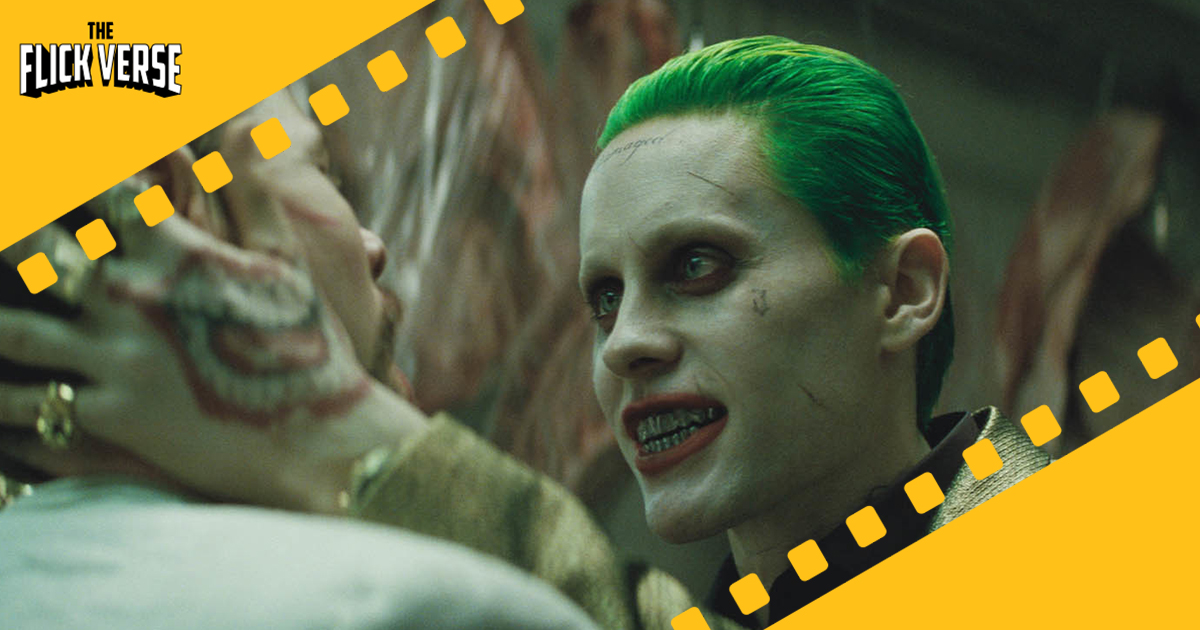
The Joker, a character as enigmatic as he is terrifying, has been brought to life by a variety of actors, each adding their unique flair to this iconic villain. Over the decades, the portrayal of the Joker has evolved, reflecting different interpretations and cultural contexts.
Iconic portrayals by different actors –
From the campy charm of Cesar Romero to the intense and haunting performance of Heath Ledger, the Joker has been depicted in numerous forms. Notably, Mark Hamill gave voice to the character in animated versions, becoming a fan favorite for his sinister yet charismatic portrayal. Each actor has left an indelible mark on the character, transforming the Joker into a multifaceted symbol of chaos.
Notable portrayals –
Jack Nicholson, Heath Ledger, Jared Leto, Joaquin Phoenix
Jack Nicholson’s portrayal in Tim Burton’s 1989 film “Batman” brought a blend of black comedy and surreal menace, making his Joker a critical and memorable part of the film’s success. Meanwhile, Heath Ledger’s interpretation in “The Dark Knight” is widely celebrated for its psychopathic intensity and was posthumously honored with an Academy Award. Jared Leto’s take in “Suicide Squad,” though controversial, showcased a more modern, edgy version of the character, complete with striking visual design choices. Joaquin Phoenix’s portrayal in the 2019 film “Joker” delved deep into the character’s psyche, earning him an Academy Award for his performance.
Impact of each actor’s performance –
Each actor’s rendition of the Joker has not only influenced the trajectory of the character but also left a lasting impact on pop culture. Nicholson’s performance brought a sense of theatricality to the role, while Ledger’s brought a depth that challenged the comic book movie genre’s boundaries. Phoenix’s portrayal offered a stark look at mental illness and societal neglect, sparking discussions and debates about the character’s implications in real life. These portrayals have not only defined the actors’ careers but have also shaped how the Joker is viewed in both cinema and the broader cultural landscape.
The Joker remains a compelling figure in the world of entertainment, with each actor’s portrayal adding layers to his legacy as one of the greatest villains in pop culture history.
4. The Joker’s Gadgets :
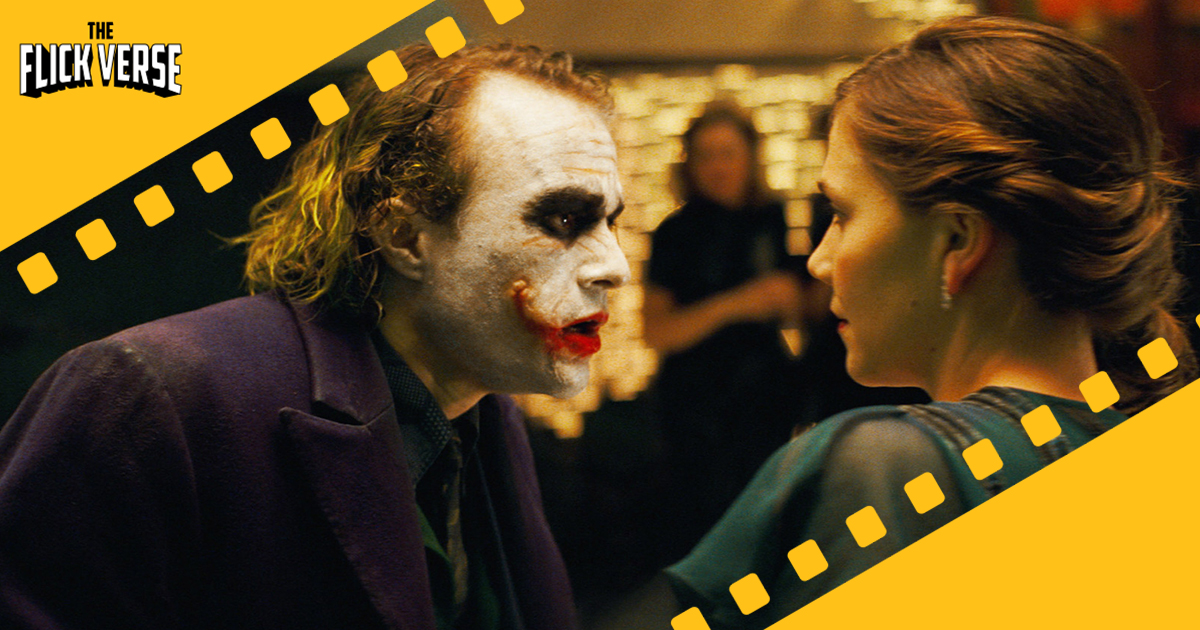
The Joker, Gotham’s master of chaos and mayhem, is not only known for his chilling laugh but also his eclectic array of weaponry and gadgets. These tools are not just instruments of terror but are emblematic of his twisted humor and cunning nature.
Signature Weapons –
The Joker’s arsenal is as varied as it is deadly, often reflecting his preference for theatricality and psychological impact. Among his most iconic weapons is the crowbar, infamously used to brutalize Jason Todd, an event that remains one of the darkest moments in comic history. His weaponry often includes various firearms from different eras, such as duel semi-auto pistols from the 1940s, a long-favored Thomson 1921 submachine gun, and various types of revolvers, with a particular fondness for long-barreled ones. Notably, in the 1989 “Batman” movie, he wields a long-barreled revolver that spectacularly shoots down the Batwing.
Another gruesome tool is the hammer, used against none other than Alfred in the chilling “Death of the Family” storyline. This penchant for blunt instruments highlights his primal approach to combat, contrasting with Batman’s more technologically advanced gadgets.
Use of Psychological Tools –
The Joker’s use of weapons often extends beyond physical harm, serving as psychological tools to instill fear and chaos. His trick guns, which might initially appear harmless as they deploy a “Bang!” flag, only to later reveal their lethal nature, perfectly encapsulate his unpredictable and deceptive tactics. This psychological warfare is further seen in his use of everyday items to deadly effect, such as turning a simple pencil into a fatal weapon in a display of horrifying magic during “The Dark Knight.”
His most feared psychological weapon, however, is the Joker Venom. This toxin not only kills but leaves its victims with a grotesque smile, symbolizing the Joker’s macabre sense of humor. It’s a stark reminder of his philosophy that death, much like life, is a joke to be laughed at.
Iconic Items like the Joker Card and His Laugh –
Beyond the physical gadgets and weapons, the Joker also employs iconic symbols that enhance his menacing persona. The Joker card, often left at the scene of his crimes, serves as both a calling card and a psychological marker, instilling fear through its mere presence. This small piece of paper becomes a symbol of impending doom, much like the darkly comedic tone of his criminal endeavors.
His laugh, unrestrained and maniacal, is perhaps his most powerful tool. It’s not just a laugh but a sonic expression of insanity and chaos. It unsettles all who hear it, from the citizens of Gotham to Batman himself, making it an auditory weapon that precedes his physical presence.
Through his unique array of weaponry and gadgets, the Joker not only challenges Batman physically but psychologically, constantly pushing the boundaries of what a supervillain can be. His tools are extensions of his character: unpredictable, deadly, and always with a punchline, making him a perpetually formidable foe in the tapestry of Gotham’s dark narrative.
5. The Joker Vs Batman :
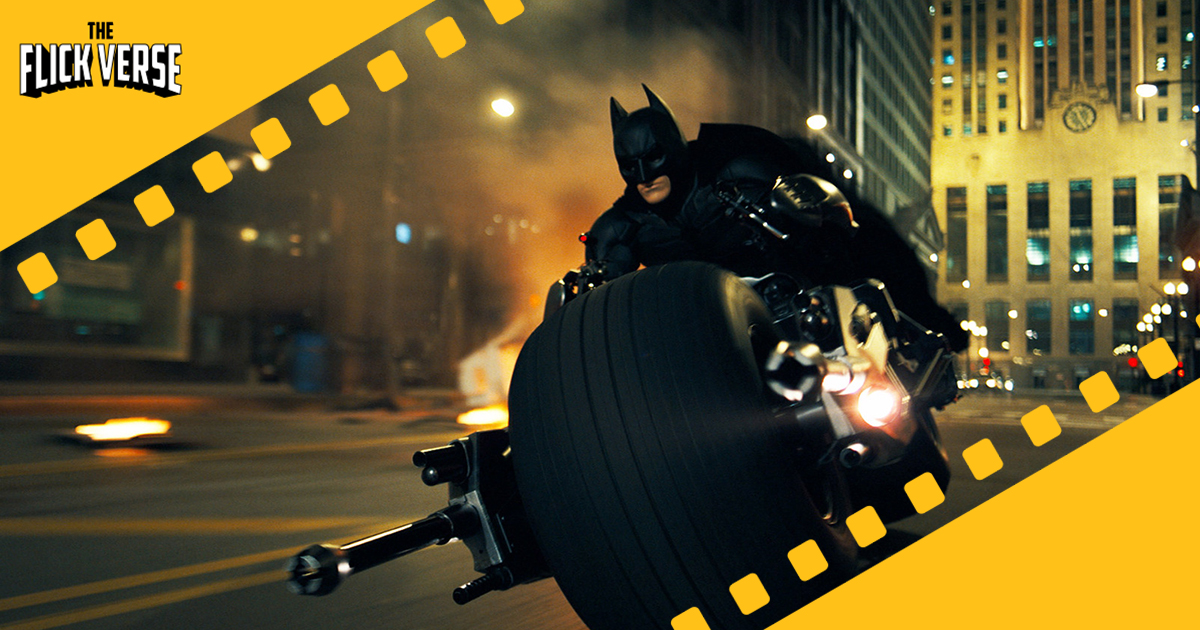
Arch-nemesis Dynamics –
The dynamic between Batman and the Joker transcends typical hero-villain relationships, embodying a complex interplay of psychological depth and ideological conflict. The Joker, representing chaos and unpredictability, serves as the perfect foil to Batman’s order and logic. This relationship is not merely about physical confrontations but rather a battle of wits and morals where the Joker constantly challenges Batman’s ethical boundaries and mental resilience. Their interactions often reflect deep philosophical questions about justice, morality, and the human psyche, making each encounter a profound narrative event.
Significant Storylines –
Over the years, several significant storylines have underscored the intense rivalry between Batman and the Joker, each adding layers to their complex relationship. “The Killing Joke” by Alan Moore, for example, explores the thin line between sanity and madness, where the Joker attempts to prove that anyone can be driven to insanity by one bad day. In “A Death in the Family,” the Joker’s brutal murder of Robin (Jason Todd) tests Batman’s moral code to its limits, presenting a dark exploration of loss and vengeance within the superhero narrative. These stories, among others, not only deepen the characters but also pose challenging questions to the audience about the nature of heroism and villainy.
Impact on Batman’s Character –
The Joker’s actions have left an indelible mark on Batman’s character. Each encounter with the Joker forces Batman to confront his own shadows, questioning his methods and the effectiveness of his moral code. The Joker’s heinous acts often bring Batman to the brink, challenging his no-kill rule and pushing him to reconsider the lines he’s unwilling to cross. This ongoing battle significantly impacts Batman’s psychological state and his relationships with allies, continually shaping his identity as Gotham’s guardian. Through this tumultuous relationship, Batman’s character is continuously refined, reflecting his unyielding commitment to his city and his ceaseless fight against chaos.
6. The Joker in Pop Culture :
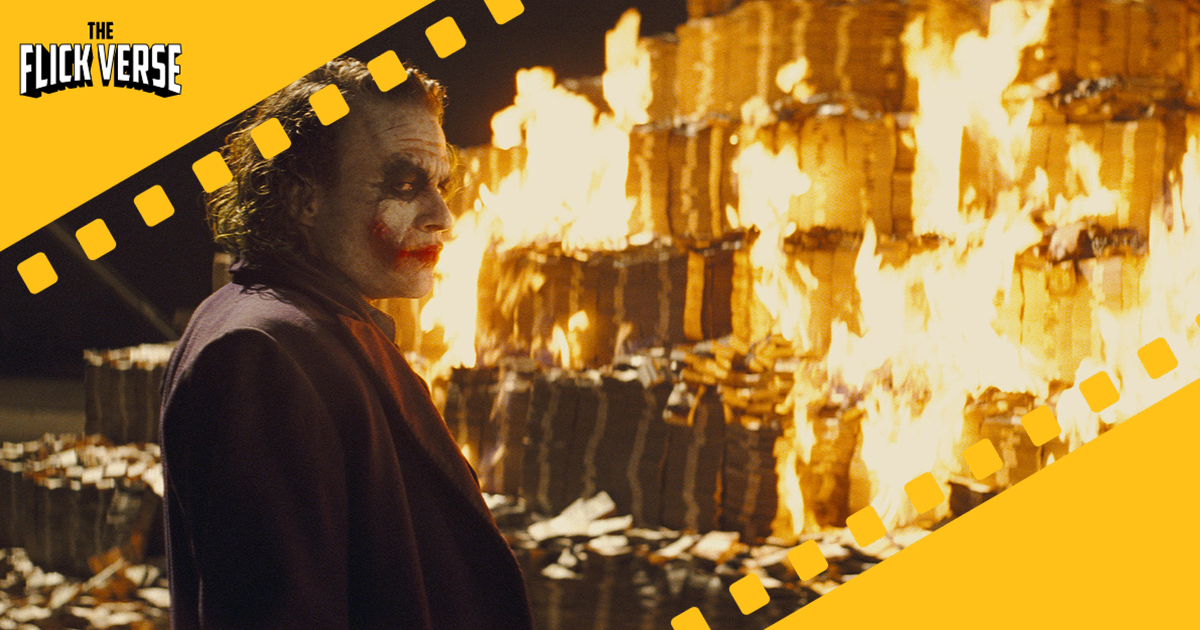
Appearances in Various Media –
The Joker’s influence extends far beyond the comic books; he has been a prominent figure in various forms of media, including films, television series, and video games. This widespread presence has solidified his status as a cultural icon. In cinema, the Joker has been portrayed by various actors whose performances have brought different dimensions to the character, making him a staple in the superhero genre. Television adaptations have also played a crucial role, with the character appearing in both live-action and animated series, appealing to audiences of all ages.
Iconic Quotes and Symbols –
The Joker is known for his memorable quotes that often encapsulate his chaotic philosophy. Phrases like “Why so serious?” and “Let’s put a smile on that face!” have become ingrained in popular culture, often quoted and referenced in various contexts. Additionally, symbols associated with the Joker, such as the Joker card and his distinct purple and green color scheme, are instantly recognizable. These elements have been leveraged in merchandise, such as clothing and collectibles, further demonstrating his impact on pop culture.
Cult Following and Fan Theories –
The enigmatic nature of the Joker has given rise to a dedicated cult following. Fans are drawn to his complex personality and moral ambiguity, which make him a subject of fascination and debate. This has led to numerous fan theories that attempt to unravel his mysterious background or predict his next moves. Online forums and social media platforms are filled with discussions and analyses of the Joker, showcasing the depth of his influence on audiences around the world. His ability to provoke thought and discussion cements his place as a profoundly impactful character in the realm of entertainment.
7. The Joker Controversy :
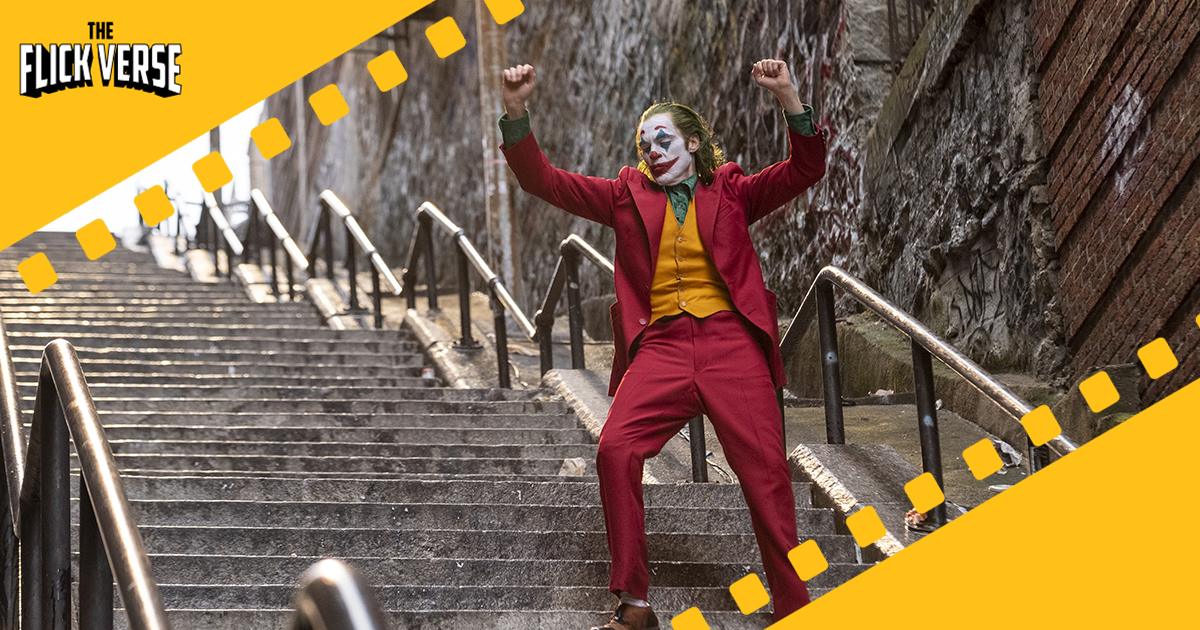
The Joker, particularly in its latest cinematic rendition, has stirred significant controversy, reflecting deep societal concerns about mental health, violence, and the impact of media portrayals. This section delves into these contentious aspects, shedding light on the various debates and critical receptions that surround this iconic character.
Portrayals of Mental Health –
The film “Joker” has ignited discussions on how mental health is depicted in media. Critics and advocates debate whether the movie’s portrayal helps or hinders public understanding of mental illnesses. The character Arthur Fleck, played by Joaquin Phoenix, is shown experiencing a downward spiral in mental health, leading to violent outcomes. This depiction has raised concerns about reinforcing the stigmatizing myth that mental illness is directly linked to violent behavior. However, some see the film as a profound commentary on the societal neglect of mental health, with Phoenix’s performance bringing unprecedented depth to the character’s psychological state.
Violence and Media Debates –
“Joker” has also been at the center of debates regarding media violence and its influence. The film’s intense and graphic depiction of Arthur Fleck’s transformation into the Joker has led to worries about its potential to inspire real-world violence. Critics argue that the film could serve as a dangerous model for individuals feeling marginalized or overlooked by society. However, defenders of the film argue that it is a critical social commentary, not an endorsement of violence, urging viewers to reflect on the broader societal issues that push individuals toward desperation and aggression.
Critical Acclaim and Cultural Impact –
Despite the controversies, “Joker” received critical acclaim, highlighted by Joaquin Phoenix’s award-winning performance, which earned him an Oscar for Best Actor. The film’s success at prestigious awards and its significant box office earnings reflect its impact and resonance with audiences worldwide. It sparked widespread discussions not only about the character of the Joker but also about broader themes such as societal indifference, the human need for connection, and the profound effects of austerity. As such, “Joker” has left an indelible mark on cultural discussions surrounding cinema and the portrayal of complex social issues.
Conclusion :
Exploring the many facets of the Joker has revealed a character as complex and multifaceted as any in literature or cinema, embodying chaos, anarchy, and the deeply human condition of searching for identity in a disordered world. Through his evolution from comic book villain to cultural icon, the Joker stands as a testament to the enduring appeal of characters who live in moral gray zones, challenging both heroes and audiences with their unpredictability and capacity for both humor and horror. His interactions with Batman, varied portrayals by numerous actors, and impactful weaponry and gadgets underscore a narrative that is as much about the struggle within as it is about the eternal battle between order and chaos.
For More : Visit our Web Stories
Alternative Movies Posters : Digital Download | Minimal Posters | Instant Download


